Dungeons & Dragons recently released its new duo of Forgotten Realms sourcebooks. Combined, Adventures in Faerun and Heroes of Faerun offer a comprehensive compendium of material for creating campaigns and characters in the Forgotten Realms. There’s a good bit to look forward to in these robust new sourcebooks, but for many players, it’s all about the new character creation options. In addition to new backgrounds and factions, Heroes of Faerun offers up 8 brand-new subclasses for the 2024 revision of D&D 5th edition.
Videos by ComicBook.com
As we’re just about a year into the life cycle for the 2024 rules revision, official subclass options are still relatively limited. That makes the addition of 8 new subclasses in the Forgotten Realms player companion a highlight for those eager to draft up their next character. But of course, some of the newly revised 2024 subclass options are more exciting than others, so I’m here to rank the 8 new subclass options. I’m taking into account how much fun they will be to play, along with how new/exciting their class options are, to get our final ranking. Of course, if you have a preferred go-to class, your mileage may vary.
8) Banneret (Fighter)
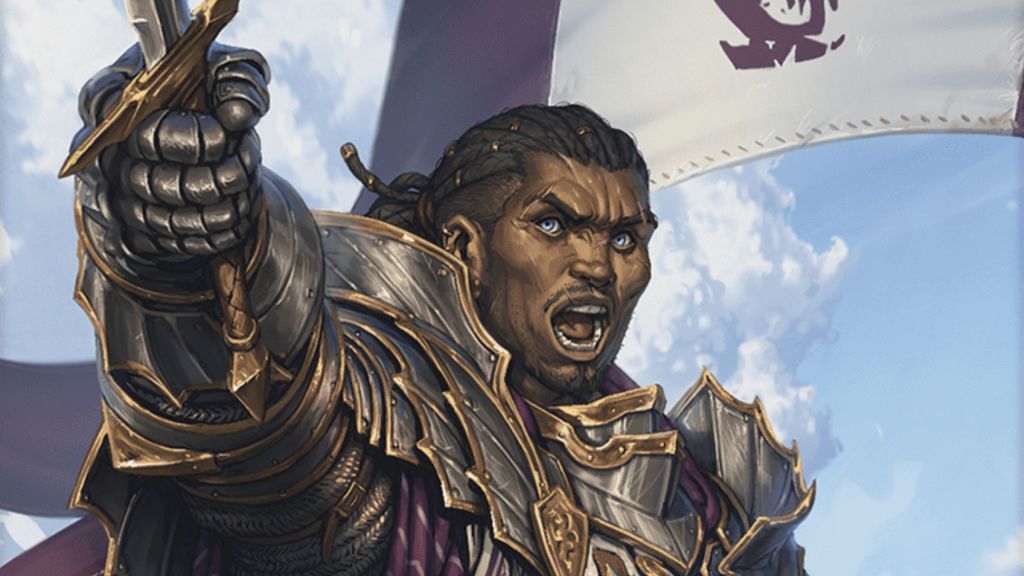
Coming in last place is this reskinned 2024 revision of the Purple Dragon Knight subclass for Fighters. This subclass is billed as a support martial character, bound by the rules of chivalry. But many of the perks of playing this class fall outside of combat utility, landing this class with skills suited to a “noble ambassador.” And while this could make for some fun roleplay, it does render the Banneret a bit underwhelming as a Fighter subclass.
The main appeal of the Banneret is its Group Recovery ability, which lets the Banneret heal the party when using Second Wind. The downside? You can only do this one per day, making it a relatively limited support ability. Similarly, the Team Tactics feat that gives players advantages only triggers when using Group Recovery, so this Fighter’s utility in battle will expire pretty quickly.
7) Winter Walker (Ranger)

This Ranger subclass is a brand-new entry for 2024, and it’s linked to the Icewind Dale region. Winter Walkers are built to survive the cold, with feats like Frigid Explorer helping them navigate cold climates. It also gets a series of icy cold spells like Cone of Cold and Ice Knife. While it’s certainly a fun way to lean into a theme for those wanting to play something akin to Iceman from the X-Men, it’s a bit niche to be widely useful.
The Winter Walker will be great for campaigns set in cold regions, where you know surviving icy climes will be key. That said, it’s likely that the enemies you come up against in such a campaign may not be especially vulnerable to its cold-based attacks. Thus, it’s going to be the most useful in only very specific situations, making it a bit less exciting than some of the other Forgotten Realms subclass options.
6) Knowledge Domain (Cleric)

This updated version of the Knowledge Domain Cleric sets the subclass apart from its somewhat Wizard wannabee vibes from the 2014 rules. For the campaign packed with lore and knowledge checks, this subclass will be useful for its ability to quickly acquire Expertise in various skills. You also get knowledge/mental-focused prepared spells as you level up, offering some solid offensive options like Mind Spike and Synaptic Static, along with helpful debuffs like Confusion and Banishment. Best of all, you can cast these spells without using a Spell Slot thanks to the new Mind Magic feat.
As far as new subclasses go, this is a fun way to play a cleric with near-psychic abilities. The spells and feats on offer are a good blend of roleplay and combat utility, making this class a fairly versatile powerhouse even at mid-tier levels. That said, it does still come with the squishiness of being a caster, and nothing about this subclass will automatically bolster your survivability in combat.
5) Bladesinger (Wizard)
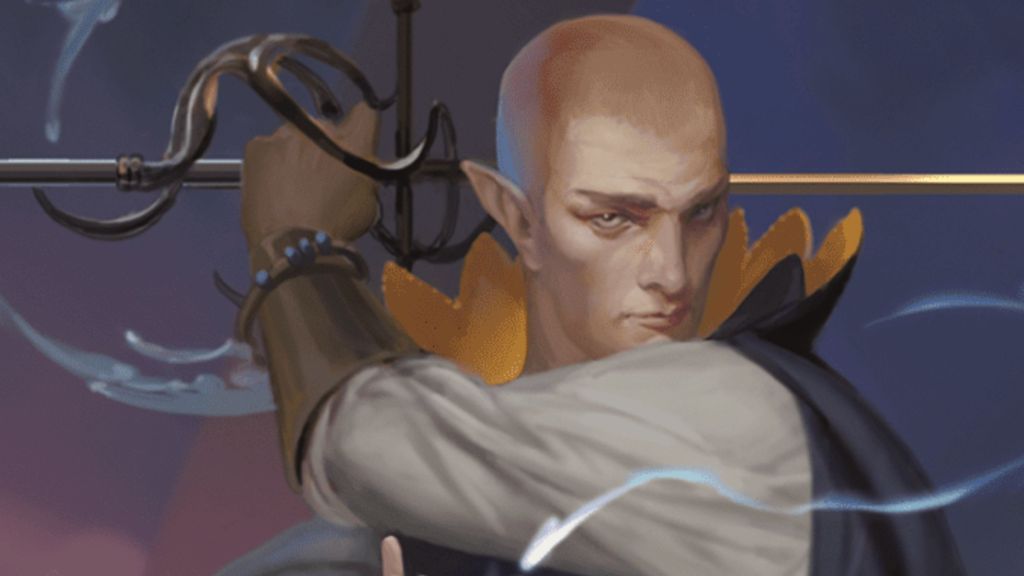
This subclass was one of those featured in Baldur’s Gate 3, so many fans are familiar with its basic mechanics. The 2024 rules revision brings the subclass up to speed with the updated rules, with a few key tweaks. Weapon proficiency has been expanded slightly, letting you gain proficiency for any martial weapons so long as they aren’t two-handed or heavy. You also maintain the Song of Defense and Extra Attack abilities the class had in the prior ruleset, while gaining a few updated feats.
In all, the Bladesinger is a solid way to blend a bit of martial combat into your Wizard build. The 2024 rules revision buffs up the class a bit to fit within the rebalanced scope of the game, but doesn’t really reinvent the wheel compared to prior versions. As a Wizard with no armor proficiencies, this class can be squishy without the right preparation from spells like Mage Armor. But things like Bladesong and Song of Defense help balance this out, making it a pretty robust class – some might even say a bit too robust, depending on how you play it.
4) Spellfire Sorcery (Sorcerer)
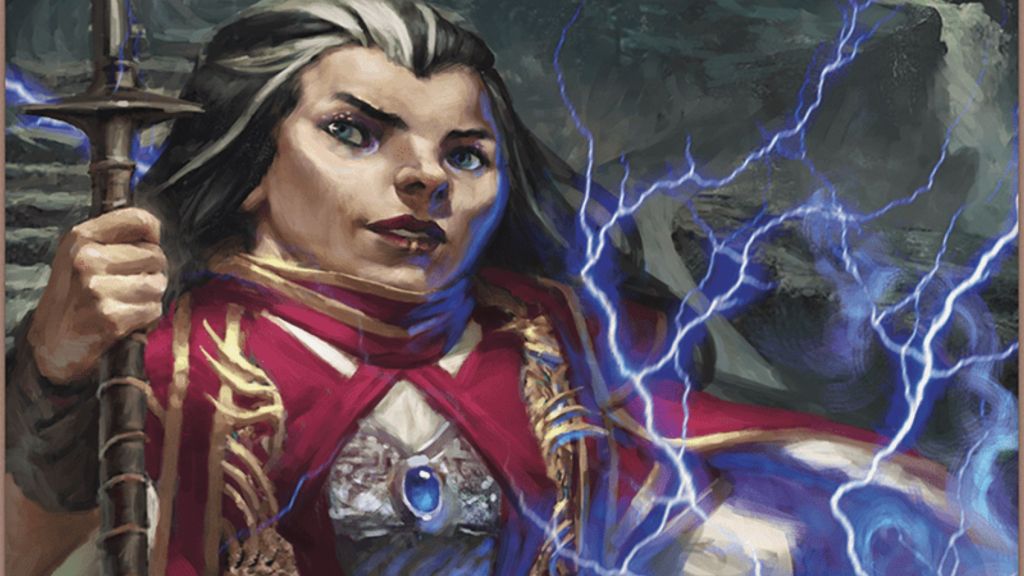
The Spellfire Sorcerer taps into the very source of magic, the Weave, to channel powerful raw magic. It offers a combination of fire-based spells and powerful healing abilities as you balance the sheer power of creation and destruction alike. Prepared spells include Cure Wounds and Wall of Fire, and you can use Counterspell to absorb spells cast by others.
This is a decent enough Sorcerer class, offering a few solid options for dealing extra damage using Sorcery Points thanks to the Spellfire Burst ability. The Bolstering Flames ability lets you gain temporary Hit Points, which can improve the Sorcerer’s survivability. Even so, this new Sorcerer subclass doesn’t set itself super far above options already on the table. It’s got a nice bit of flavor for the Forgotten Realms and a bit less chaos than something like a Wild Magic Sorcerer, but it’s going to depend a lot on how you play it.
3) Scion of the Three (Rogue)
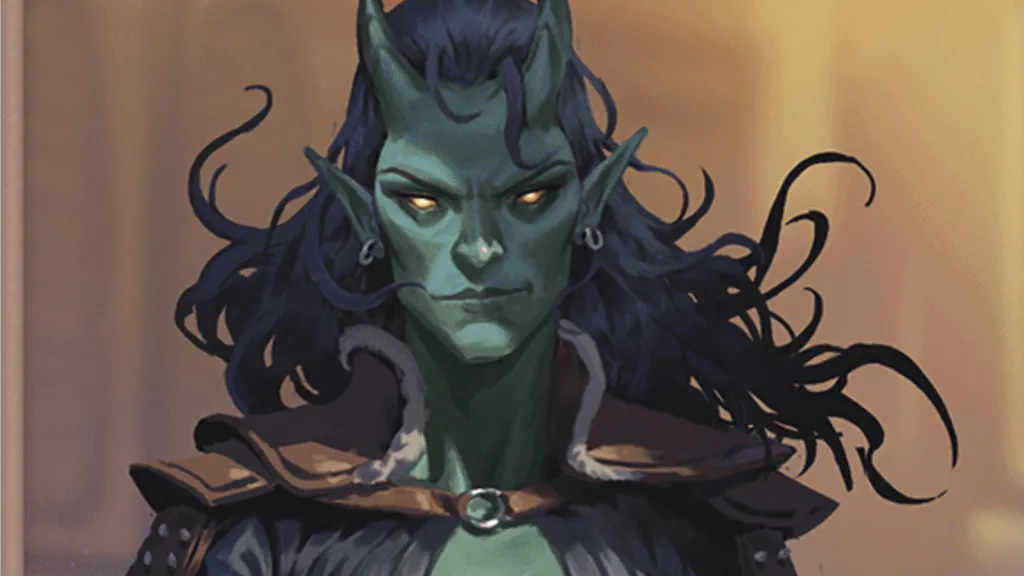
This class has a fun Baldur’s Gate tie-in through its connection to the city’s Dead Three. Once per long rest, Rogues will choose an allegiance to Bane, Bhaal, or Myrkul and gain specific damage resistances and cantrips based on that choice. The Bloodthirst feat also lets you teleport around your enemy in quick succession, dealing bonus damage when your foes become Bloodied. At 6th Level, you will also be able to terrify your foes with a Cunning Strike.
As far as Rogue subclasses go, this one offers a fun mix of flavor and powerful new abilities. Being able to swap out the Dread Allegiance on a Long Rest makes this class more versatile, as you can mix out your resistances and cantrips for the current situation. This feels like it will be a fun type of Rogue to roleplay, and it’s got some pretty solid combat options, as well.
2) Oath of the Noble Genies (Paladin)

This Paladin subclass draws its power from the Noble Genies, which each have an elemental alignment. It is particularly fitting for a character from Calimshan, making it a natural fit for a book on the Forgotten Realms. This is one of the new subclasses on offer, rather than revising a prior 5e option, and it looks like a pretty fun one.
The elemental abilities here are fun for those always seeking to roleplay The Avatar. But elemental spells and effects from Divine Smite aren’t all this class has to offer. It also brings in a buff to your base AC and the ability to help your party resist certain elemental attacks. As far as the Forgotten Realms subclasses go, this one packs a powerful punch while also looking pretty fun to play.
1) College of the Moon (Bard)
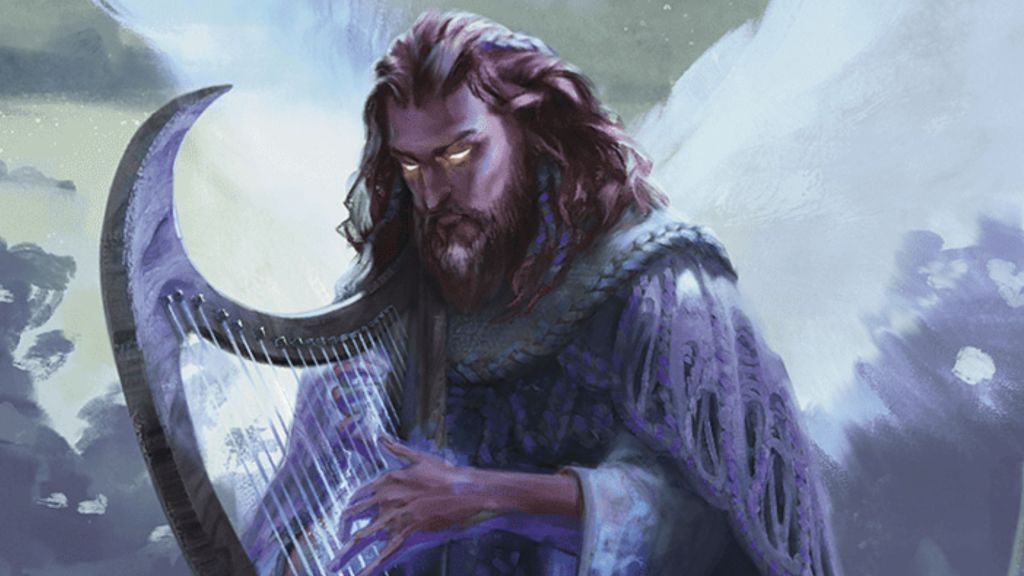
This Bard subclass owes its power to the druidic circles of the Moonshae Isles, giving it a fey flavor. You will channel the power of the moon, which offers some unique and mysterious abilities. Inspired Eclipse lets you render yourself invisible as part of granting Bardic Inspiration, whereas Lunar Vitality lets you increase healing abilities by sending a Bardic Inspiration die.
With the Primal Lore feat, this Bard subclass lets you basically lightly multiclass as a Druid for free. You’ll gain a spell and cantrip from the Druid spell list, and can swap out your known cantrip every time you level up. At Level 6, you unlock the powerful Moonbeam spell, to boot. As someone who is forever turning every build into something akin to a Druid, I can’t wait to try this one out. It lends a fun new witchy flair to the Bard, making them a bit more useful for dealing damage in combat while also beefing up the Inspiration the class is known for.
Which new subclass are you most excited to try out from the Forgotten Realms sourcebook? Leave a comment below and join the conversation now in the ComicBook Forum!









